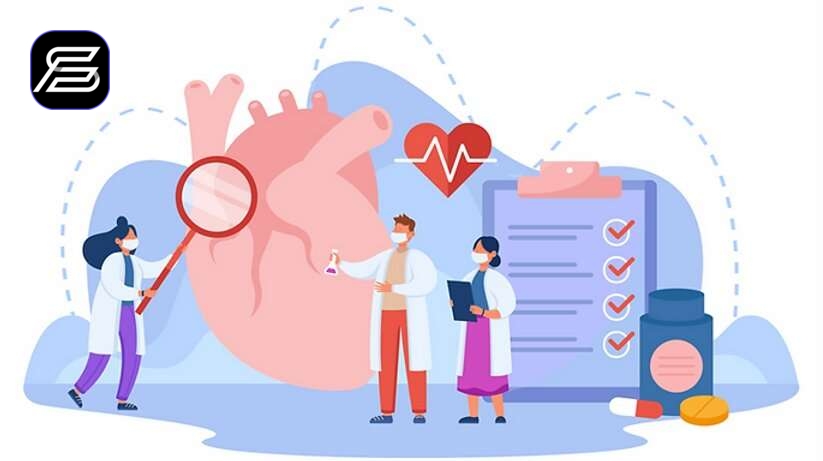echocardiogram singapore cost
The Ultimate Guide to Echocardiograms in Singapore: Everything You Need to Know What is an echocardiogram? An echocardiogram, also known as an "echo", is a non-invasive medical imaging test that uses sound waves to create detailed, real-time images of your heart. This diagnostic procedure allows healthcare professionals to assess the structure and function of your heart, providing valuable insights into its overall health.The echocardiogram process involves the use of a small, handheld device called a transducer, which is gently placed on your chest. This transducer emits high-frequency sound waves that bounce off the different structures of your heart, creating images that can be displayed on a computer screen. These images allow doctors to visualize the size, shape, and movement of your heart's chambers, valves, and the major blood vessels that enter and exit the heart.Echocardiograms are a non-invasive and painless procedure, making them a widely used tool in the diagnosis and monitoring of various cardiovascular conditions. The images and data obtained from an echocardiogram can help healthcare providers make informed decisions about your treatment and management plan, ensuring that you receive the most appropriate and effective care for your heart health. Why are echocardiograms important? Echocardiograms play a crucial role in the diagnosis, treatment, and management of a wide range of cardiovascular conditions. These advanced imaging tests provide healthcare professionals with a comprehensive understanding of your heart's structure and function, allowing them to detect and monitor various heart-related issues.One of the primary reasons echocardiograms are so important is their ability to identify and assess the severity of various heart conditions, such as heart valve disorders, congenital heart defects, heart muscle problems (cardiomyopathy), and even the presence of blood clots or tumors within the heart. By obtaining detailed images of the heart, doctors can quickly and accurately diagnose these conditions, enabling them to develop the most appropriate treatment plan for their patients.Moreover, echocardiograms are not only used for diagnostic purposes but also play a crucial role in the ongoing monitoring and management of cardiovascular conditions. Healthcare providers can use echocardiograms to track the progression or improvement of a patient's heart health over time, allowing them to make informed decisions about adjusting medications, recommending lifestyle changes, or determining the need for further interventions. Types of echocardiograms There are several different types of echocardiograms, each designed to provide specific information about the structure and function of the heart. Understanding the various types of echocardiograms can help you better prepare for your upcoming procedure and ensure that you receive the most appropriate diagnostic test for your needs.One of the most common types of echocardiograms is the transthoracic echocardiogram (TTE). This is the standard echocardiogram that is performed by placing the transducer on the outside of your chest, typically in the area next to and below your breastbone. TTE provides a comprehensive view of the heart's chambers, valves, and major blood vessels, and is often the first diagnostic test recommended for patients with suspected heart problems.Another type of echocardiogram is the transesophageal echocardiogram (TEE), which is performed by inserting a small, flexible probe through your mouth and down your esophagus, which is the tube that connects your throat to your stomach. This procedure allows the healthcare provider to obtain more detailed images of the heart, particularly the structures that are located behind the breastbone or lungs, which may not be as clearly visible with a standard TTE. How to prepare for an echocardiogram? Preparing for an echocardiogram is generally straightforward, as it is a non-invasive and painless procedure. However, there are a few steps you can take to ensure that your echocardiogram goes smoothly and that the healthcare provider is able to obtain the most accurate and useful information.One of the most important things to do is to inform your healthcare provider of any medications you are currently taking, as well as any medical conditions or previous surgeries you may have. This information can help the healthcare provider determine if any special precautions or modifications to the echocardiogram procedure are necessary. You should also wear loose, comfortable clothing that can be easily removed or adjusted during the procedure. What to expect during an echocardiogram? During an echocardiogram, you can expect a relatively straightforward and comfortable experience.
Read more : https://www.hhscsg.org/guide-t....o-echocardiogram-sin












